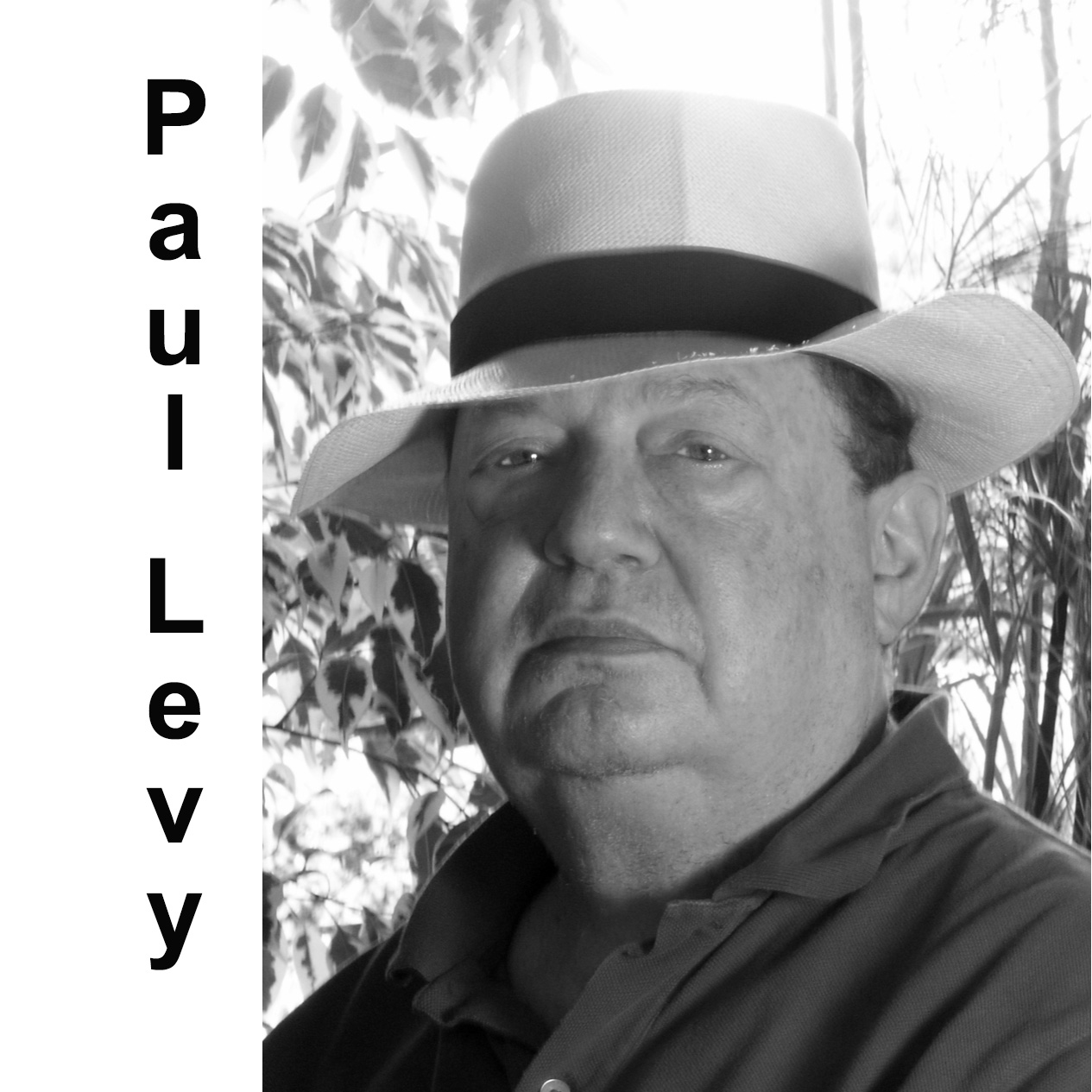 A scene from My Brilliant Friend Part 1, image by Marc Brenner
A scene from My Brilliant Friend Part 1, image by Marc Brenner
As I’ve relished all four volumes of the identity-mysterious Elena Ferrante’s Neapolitan Novels, I was more than willing to sit through the four/five hour double-bill of the National Theatre’s production of My Brilliant Friend Parts One and Two – and today I’ve got the sore bum to prove I finished the drama marathon. I love Naples, from discovering its hardware-shop-front restaurants, to walking its too-sunny streets where flat-dwellers hang their fluttering laundry from their high-up balconies. I adore the pizza, the local wines, and the commercial building that houses and displays one of the city’s three lesser-known paintings by Caravaggio in the Gallery of Palazzo Zevallos Stigliano at Via Toledo, 185.
Somehow the Ferrante novels capture the atmosphere of this ancient city, which wears its emotions on its 1950s-fashion sleeves, and can be merry or menacing – or both at once. Look carefully at Caravaggio’s paintings executed in Naples, and you can catch the frisson of violence still wrought by the Camorra nearly four centuries later. And, as Norman Lewis wrote, in his great Naples ’44, “Neapolitans take their sex lives very seriously indeed.” Put all this together, relate the story of post-War Naples via two female characters, Lenù and Lila, stir in the nuances of social class and upwards mobility, education, real poverty, politics from the Red Brigade to neo-Fascism, sprinkle with period pop-music, bake for a few decades in the publisher’s oven, and you’ve got the matter of My Brilliant Friend. Of course, you’ve still got the Jane Austen problem: which of Elizabeth Bennet and Mr D’Arcy represents pride and which prejudice? Is Lenù the brilliant one of the pair, or Lila? That’s the unanswered question that is the psychological centre of Ferrante’s stunning fictional quartet.
April de Angelis has done her best. This near-epic script (which must consist chiefly of stage directions – I presume this is why no text seems to be available) is a marvel of compression. Director Melly Still and her set and costume designer, Soutra Gilmour, have taken what they can from this elaborate set of instructions and run with it, aided greatly by the puppetry guy, Toby Olié, and particularly by Tal Yarden, whose video designs do a lot of the narrative heavy-lifting. The anthology of post-War pop tunes, fashions and politics is satisfying, sometimes exciting, and the sets, bare, skeletal wooden-staircase steps on casters, do their job – to the extent that you can imagine yourself in the Neapolitan slums with laundry hanging everywhere.
What’s wrong is the dialogue. Not the words, but the accents. Two or three other critics have noted that the cast has been directed not to attempt a cod-Southern Italian accent. Instead, the large cast who have speaking parts have been told to say their lines using the accents of their (mostly British) birthplaces. Lenù (the superb Niamh Cusack), for example, illustrates her rise from “the neighbourhood” by switching, not from the sound of a Neapolitan underclass dialect, but to a slight, and well-educated Irish lilt. Lila, the other heroine who is on the stage most of the time, is played supremely well, with passion and guts, by Catherine McCormack – but her changes of accent were either too various, too difficult or too subtle for me to detect. The remainder of the cast speak in northern accents, or Brummie, or whatever – you have to be a phonetician to analyse them. That is, if you can hear the differences; or, still worse, if you can hear the words at all. There is, admittedly, a lot of competition from Jon Nicholls’ sound design, ranging from explosions to gun shots.
Ok, this is a “show” production, not a “tell” production, and the verbal aspect of narration is kept to a minimum. Which would be a noble experiment, if the audience were only able to grasp the detail of what is going on in front of them. There is a reason that every professional actor is taught to say his lines in Received Pronunciation (or Standard English) – it is the same reason that (most) BBC radio and television announcers still use RP: the assumption that part of what it is to be a member of a theatre audience in Britain (and, actually, this is also still true of America, Canada, Australia and the rest of the English-speaking world) is the near-universal capacity to understand RP. That is how we comprehend the detail, the particularity, the concreteness of what is happening on the stage before us. There is nothing snobbish about this. It is not about speaking posh; but simply about having a minimum standard of intelligibility. To be a little technical, what we’re talking about here is not merely the question of accent, how words are pronounced; it is also, frequently, dialect – i.e., almost different languages, with differing lexical elements and idioms, though they are (at least minimally) mutually intelligible.
In falling between the two stools of simulated Neapolitan and accent anarchy, this National Theatre production is profoundly disappointing. Here’s a thought experiment: imagine these plays in this production performed to an audience that is composed entirely of people for whom English is their second language or, for that matter, to an all-American audience. English is their first language; but can you really imagine that an audience, say, made up wholly of my fellow Harvard PhDs in English, would manage the particulars of this long day and evening’s entertainment? The imperatives are two. Not merely “only connect,” but also “communicate.”
A note on the free programme leaflet says that “smart caption glasses” will be available for these two plays. I asked for a pair on press night, and was sad to be told they were not yet available. Sounds to me to be exactly what’s needed!
